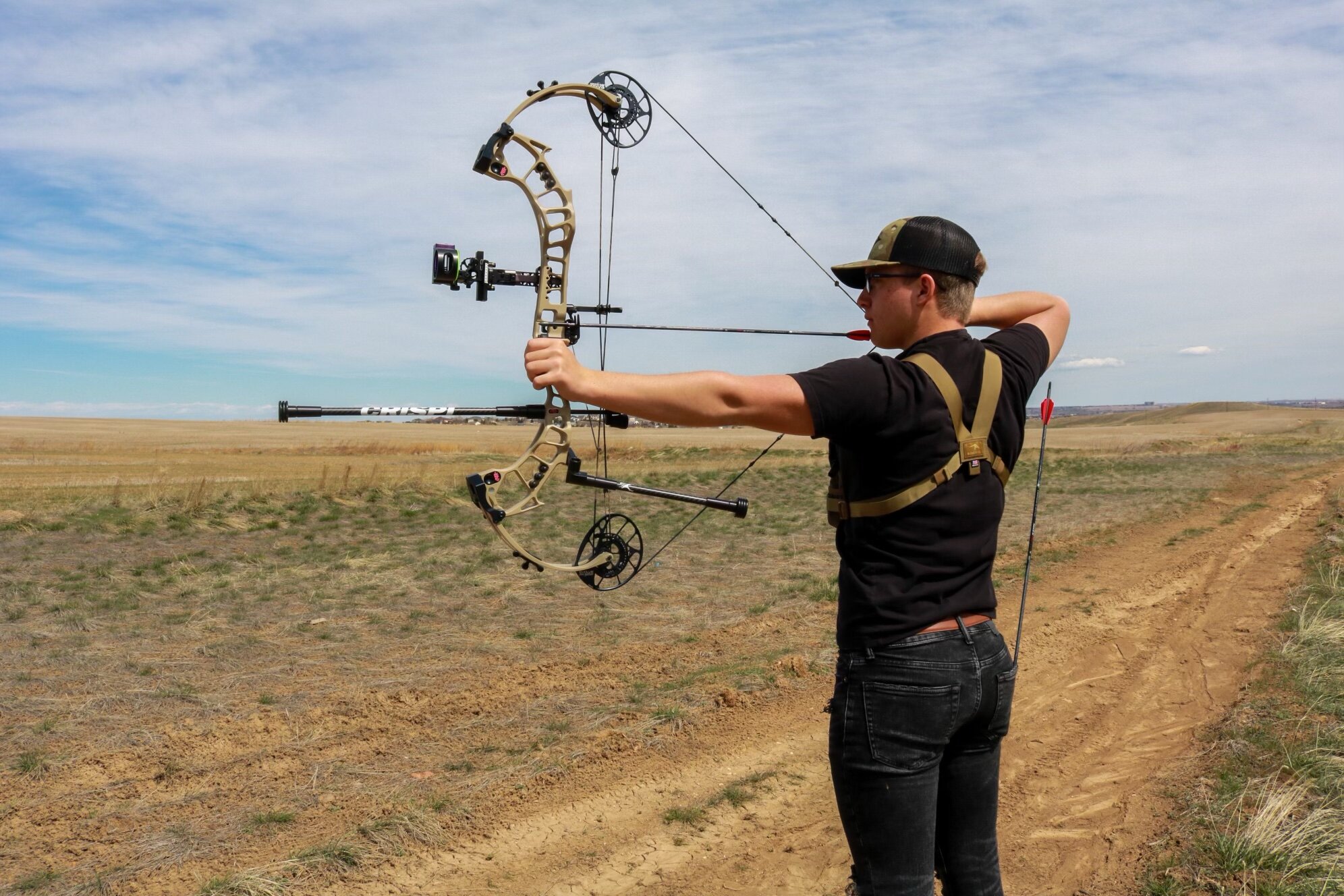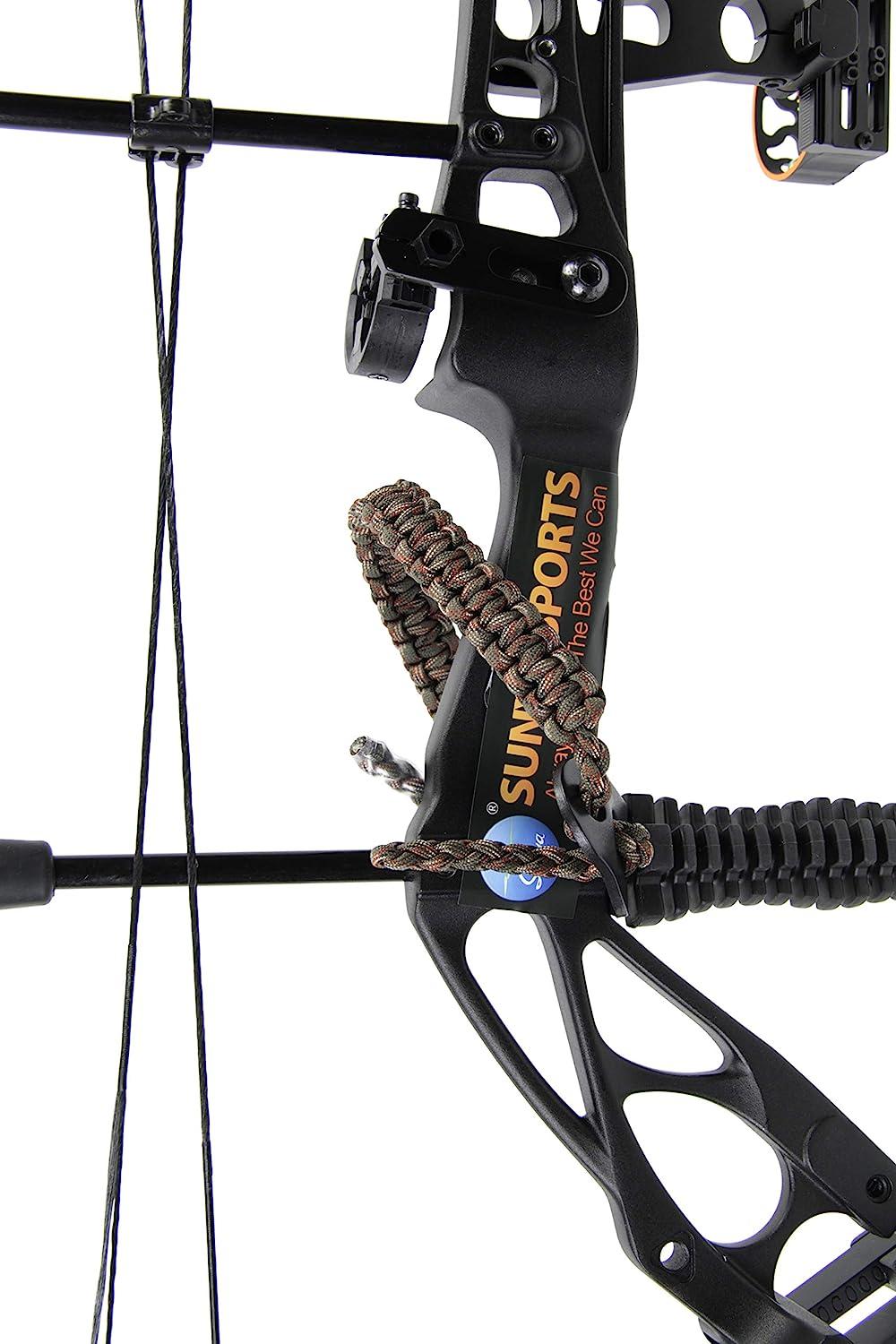Bow Stabilizer Acquiring Guide: Every Little Thing You Need to Know Prior To You Acquire
Maximize Your Archery Accuracy With These Bow Stabilizer Strategies
One important element that can substantially impact your performance is the proper utilization of bow stabilizers. Whether you are a skilled archer looking to fine-tune your abilities or a beginner eager to boost your accuracy, mastering these bow stabilizer techniques can be the secret to striking your mark with unmatched consistency.
Advantages of Utilizing Bow Stabilizers
Using bow stabilizers can considerably improve an archer's accuracy and overall efficiency by decreasing bow torque and vibration. Bow torque, brought on by the unequal distribution of weight in the bow, can lead to disparities in shot positioning. By attaching a bow stabilizer, the weight is redistributed, minimizing the impacts of torque and assisting the archer achieve a more regular shot. Additionally, bow stabilizers dampen resonance, which not just improves the convenience of capturing yet also prevents the bow from jumping upon launch, therefore assisting in keeping appropriate aim.
Furthermore, bow stabilizers can aid in holding the bow constant, particularly during gusty problems or when shooting from longer distances. The included weight at the front of the bow provides stability and balance, permitting the archer to concentrate on intending without the disturbance of bow motion. Generally, the benefits of using bow stabilizers expand beyond simply accuracy, enhancing the archer's experience and performance in various shooting scenarios.
Picking the Right Bow Stabilizer
Selecting the proper bow stabilizer is essential for maximizing your archery equipment and boosting shooting efficiency. When selecting a bow stabilizer, there are numerous aspects to take into consideration to guarantee you locate the appropriate fit for your demands. First of all, think about the weight of the stabilizer. Larger stabilizers can assist lower bow torque and absorb even more vibration, bring about a steadier goal. Lighter stabilizers provide even more maneuverability, which can be beneficial in certain shooting situations.

Last but not least, think about the style of the stabilizer. Some stabilizers come with flexible weights or dampeners that enable you to tailor the equilibrium and feeling of your bow. Eventually, selecting the appropriate bow stabilizer includes discovering an equilibrium between weight, material, style, and go to this web-site size to improve your capturing accuracy and overall performance.
Correct Installment Methods
To ensure ideal performance and safety and security in archery, mastering proper setup strategies for your bow stabilizer is essential. The initial step in setting up a bow stabilizer straight from the source is to recognize the appropriate placement on your bow. The majority of stabilizers are attached to the front of the riser, listed below the grip, to help counterbalance the weight of devices such as views and quivers. Make sure that the stabilizer is not conflicting with other components or hindering your capturing form.
Next, firmly affix the stabilizer to the bow utilizing the appropriate mounting hardware. Some stabilizers come with flexible weights that can be included or eliminated to adjust the balance of your bow.

Changing Stabilizer Weight and Length
After ensuring the proper installment of your bow stabilizer, the following action includes changing the weight and length to maximize its efficiency in enhancing archery precision. The weight of the stabilizer plays a vital function in lessening bow activity throughout the shot cycle.
A longer stabilizer can supply greater security by raising the distance between the bow and the weight at the end of the stabilizer. Conversely, a much shorter stabilizer provides a lot more maneuverability and might be liked by archers who value agility and fast activities during capturing.
Advanced Stabilizer Tuning Tips
Accomplishing optimum bow security and accuracy in archery requires a nuanced strategy to advanced stabilizer tuning. Advanced stabilizer adjusting includes fine-tuning different elements to enhance the bow's equilibrium, minimize resonance, and improve total precision.
One more important aspect of sophisticated stabilizer adjusting is enhancing the damping homes of the stabilizer system. Discovering various products for the stabilizer construction, such as carbon fiber or light weight aluminum, can likewise affect over here the bow's efficiency by changing its weight circulation and rigidity.
Verdict
In conclusion, maximizing archery accuracy can be achieved with the appropriate choice, installation, and change of bow stabilizers. On the whole, including bow stabilizers into archery technique can lead to improved efficiency and enhanced accuracy.
Utilizing bow stabilizers can considerably improve an archer's precision and general efficiency by reducing bow torque and vibration. Longer stabilizers supply greater stability and balance, especially for long-distance shooting, while much shorter stabilizers offer even more adaptability and are much easier to maneuver in tight rooms (bow stabilizer). Carbon fiber stabilizers are light-weight and durable, while light weight aluminum stabilizers are durable and offer excellent resonance wetting
A longer stabilizer can provide greater security by raising the range in between the bow and the weight at the end of the stabilizer.An additional critical aspect of advanced stabilizer adjusting is maximizing the damping buildings of the stabilizer system.